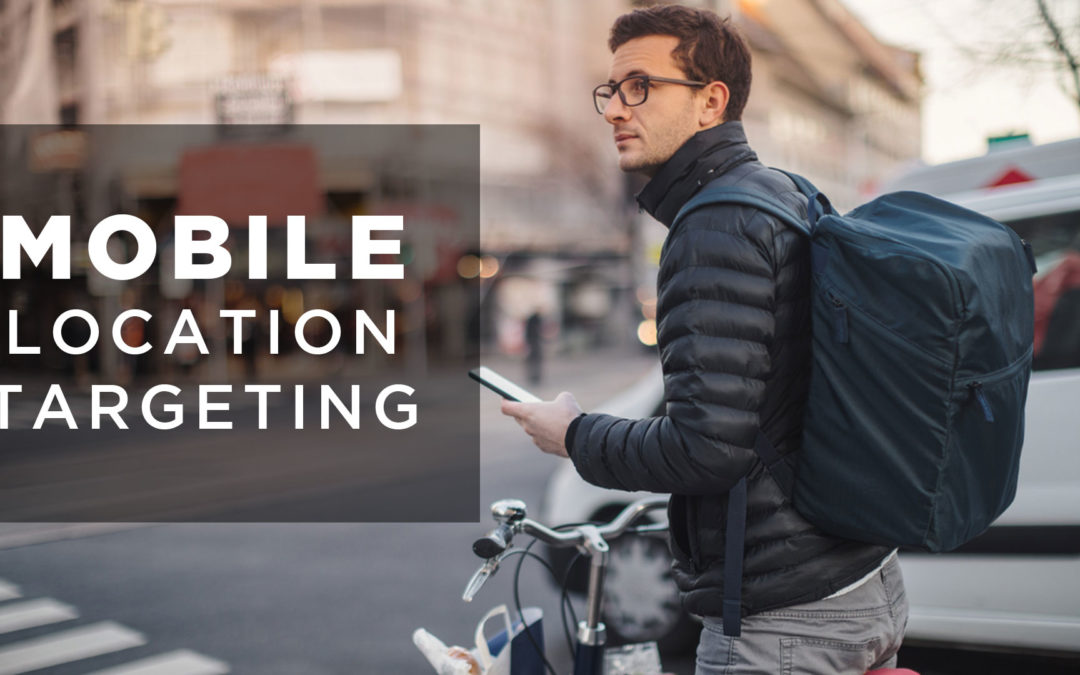Mobile audiences are becoming more and more important to be in front of, in fact, we now know that more than half of web traffic now comes from mobile devices. Smartphones make it easy to get in front of users based on location information, but there are several types of mobile targeted ads. How do you ensure you are running an effective campaign, and which targeting options should you be using? Their names suggest similarities, but their differences could mean more or less success for your advertising campaign.
Mobile Location Targeting (GPS based)
Mobile Location Targeting allows you to reach users based on their specific latitude/longitude location using information gathered from their GPS, apps, connected Wi-Fi networks, and mobile carrier inferred IP addresses. This particular type of targeting on mobile devices offers the most precise targeting available, as it creates a perfect outline of the targeted location – whether it is a specific store location, parking lot, zip code, or radius from your store – as opposed to reaching all users within an entire city or DMA.
There are many benefits to using Mobile Location Targeting. Thanks to GPS technology, the targeting reaches users when they are at the locations of interest and/or where they have been in the past, which indicates a potentially strong purchase intent. You are able to drive future shopping or searching behavior through advertisements, and can even reach those who visit competitors or nearby, similar locations. The ads are delivered across mobile apps, and the tracking techniques offer more advanced metrics, so you know where your ads were seen, plus conversion tracking and view-through conversion tracking – not simply impressions and clicks.
There are two types of Mobile Location Targeting:
Real-Time Targeting – also known as “hyper-local targeting” gathers smartphone user location information about the user’s REAL TIME location – as in, where they are currently. If the user is within the desired target location, an advertiser’s ad can be served. Commonly, retail stores and companies selling consumer packaged goods will find real-time targeting the most useful to help increase awareness of a nearby store location.
Lookback Targeting – also known as “historical targeting” uses smartphone users’ location history to determine if the user has been at or in a location within a specific amount of time. This type of technology has a look back window of up to one year, allowing advertisers to use this past location history to help determine their future purchase intent. Auto and RV dealerships or other businesses that sell higher-priced goods that may require more planning to purchase successfully use historical targeting to deliver ads to potential customers who may have been to a specific location twice or more within a 30-day period, for example.
Advertising on Mobile
Generating awareness and getting in front of mobile customers is a vital piece to any digital campaign. While there are options, we recommend utilizing Mobile Location Targeting to get the most return on your investment with a campaign that truly delivers.
If you are ready to make your mobile advertising campaign even more effective, or need to add mobile to your current digital advertising, contact us today.



